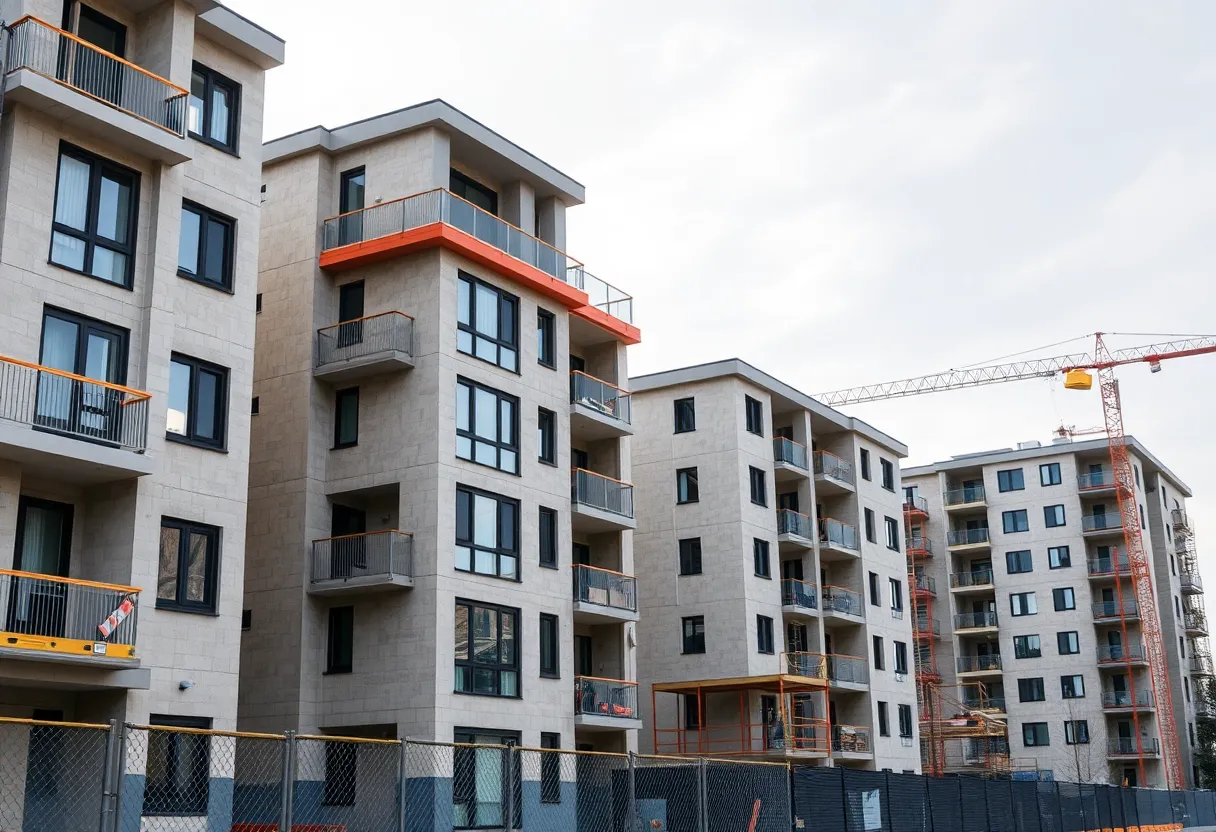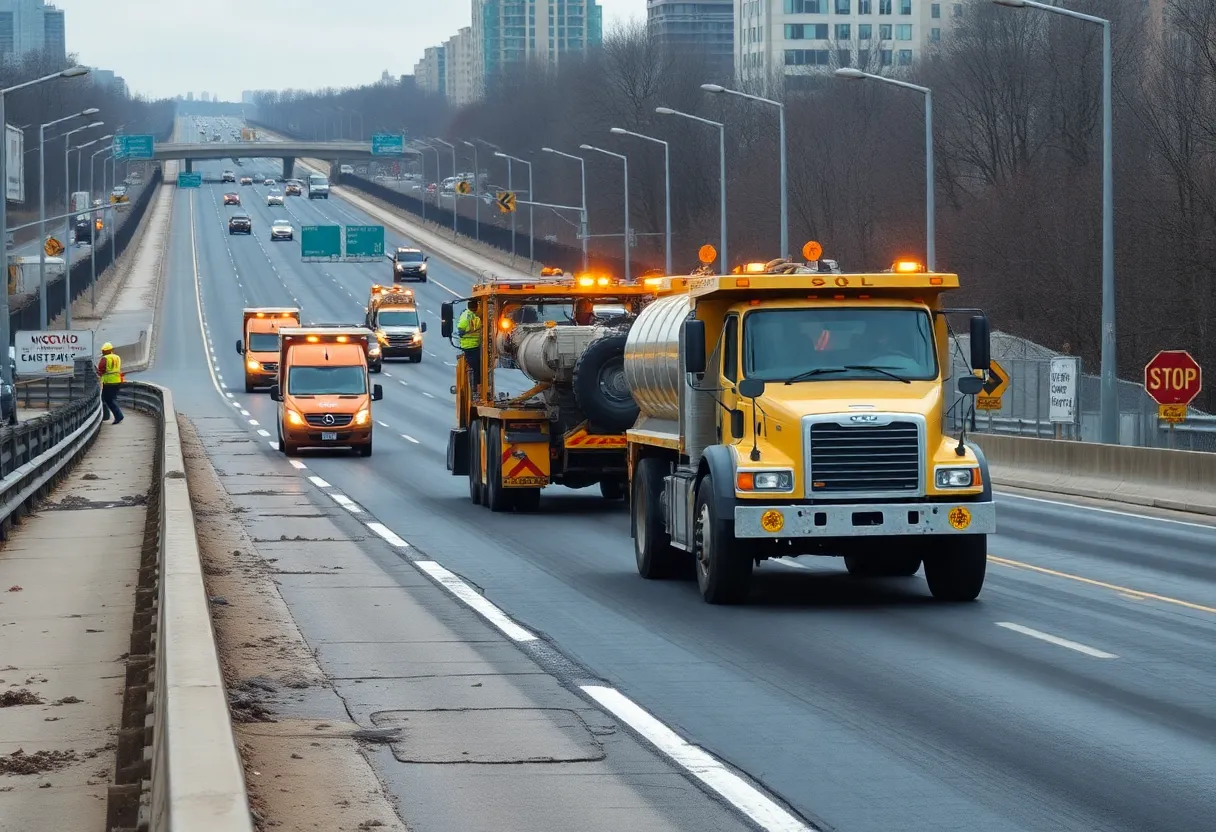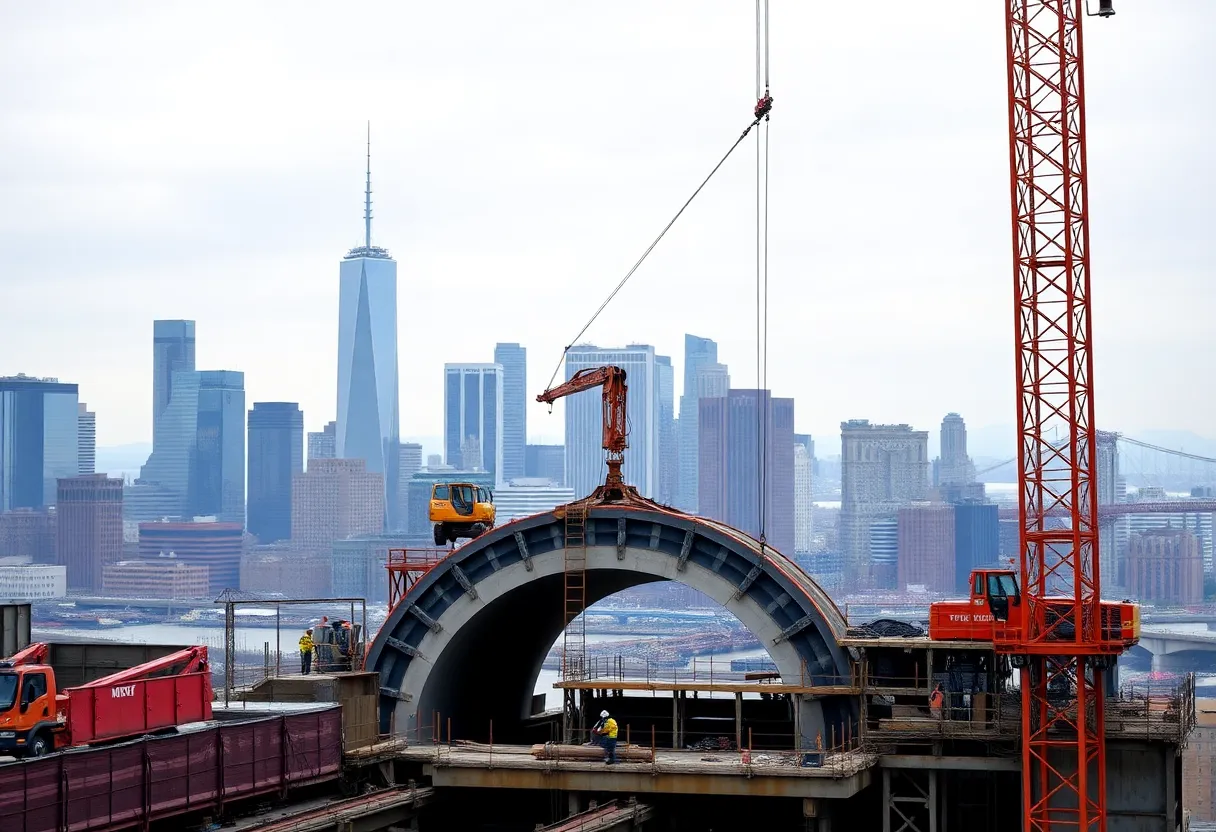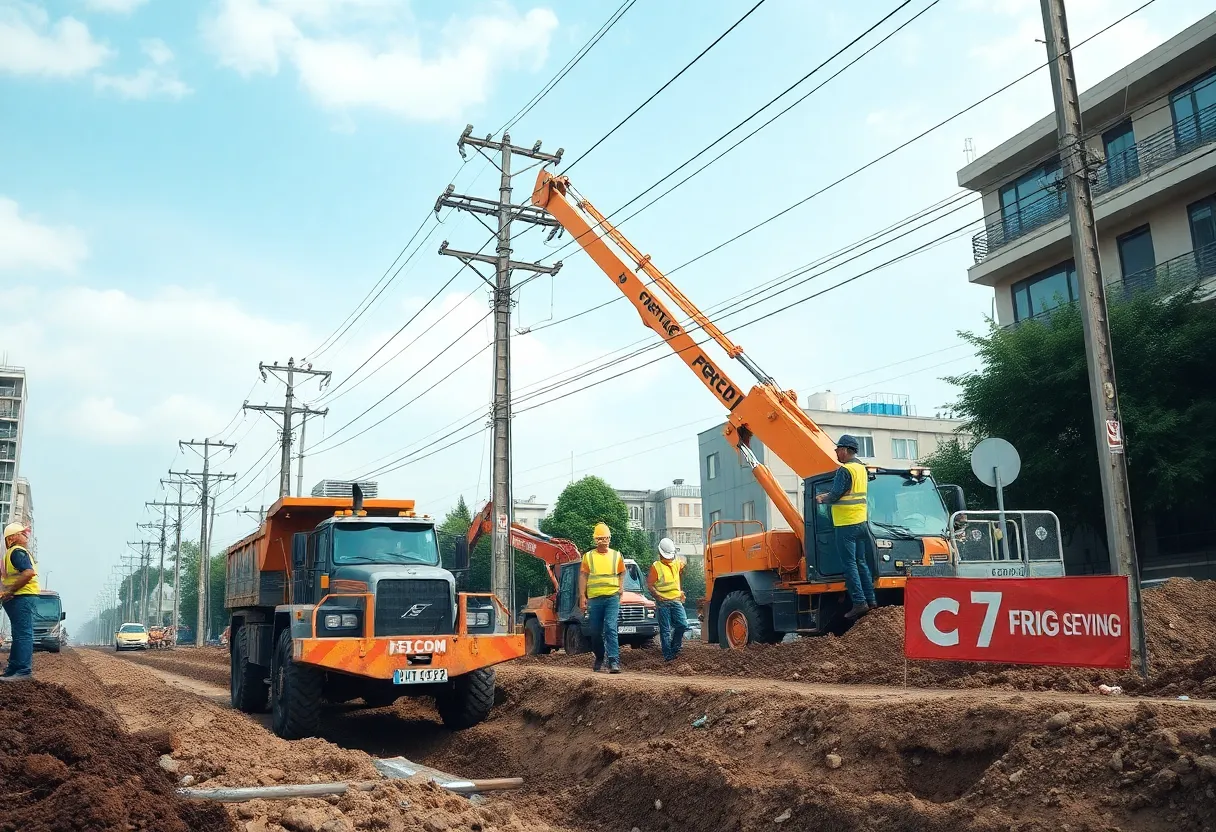News Summary
The UK government is set to introduce a Building Safety Levy for new residential developments starting in Autumn 2026. This initiative aims to improve safety standards following past tragedies, including the Grenfell Tower fire. The levy will affect major residential developments comprising at least 10 dwellings or 30 bedspaces for student accommodation. While the initiative aims to raise funds for building safety remediation, it may pose challenges for small and medium-sized developers who could struggle with the additional financial burden.
England Moves Closer to Implementing Building Safety Levy for New Residential Developments Starting October 2026
The draft Building Safety Levy (England) Regulations 2025 have been formally presented to Parliament, marking a significant step in enhancing building safety across the country. With these regulations, the UK government aims to raise funds that will be used to address unsafe buildings, especially in light of tragedies like the Grenfell Tower fire. The new levy is expected to have a profound impact on the viability of residential construction projects starting in the Autumn of 2026.
This levy will apply to all new “major residential developments” in England, which are defined as projects involving at least 10 new dwellings or 30 new bedspaces for purpose-built student accommodations. This broad applicability signals the government’s intention to ensure safety across various housing types.
Exemptions and Charges
Importantly, there are exemptions for specific types of housing. The levy will not apply to affordable housing, care homes, hotels, hospitals, and several forms of supported housing. This is noteworthy for developers focused on catering to vulnerable groups or providing lower-cost housing alternatives in today’s market.
The levy charge itself will be calculated based on the Gross Internal Area (GIA) of the developments, and it will vary by local authority. These variations are intended to reflect the local economic conditions and average house prices within each respective area. Developers must take care to accurately report this information during the building control application phase.
Special Considerations for Developers
Developers planning projects on previously developed land, commonly referred to as brownfield sites, may benefit from a 50% reduction on their levy rates, provided at least 75% of the project site falls into this classification. This incentive seeks to encourage the use of land that has been previously developed, supporting the transition to sustainable construction practices while addressing land scarcity.
To comply with the regulations, developers are required to submit detailed information about their projects during the building control application or initial notice stage. Local authorities will then be responsible for determining the levy liabilities and collecting the necessary payments. It’s crucial for developers to ensure the accuracy of this information; inaccuracies may lead to rejections of building control applications.
Refunds and Dispute Processes
If there are any changes made to construction works that impact the levy charge after initial payment, a “variation application” is necessary. In cases where the levy charge is reduced post-payment, refunds will be processed within two weeks. However, it is important to note that building control completion certificates will not be issued until the total levy has been paid in full.
Developers have the right to dispute any levy liabilities within 28 days of receiving a liability notice, adding a layer of consumer protection into the process. Detailed exemption criteria are also outlined in Schedules 1 and 2 of the draft regulations, which will be beneficial for navigating the complexities of compliance.
Implications for the Housing Market
Initial feedback on the implementation of the levy indicates potential challenges ahead, especially for small and medium-sized developers. Concerns have been raised that the new costs could impede the housing supply, making it more difficult to meet the demands of an already strained housing market.
The government anticipates raising approximately £3.4 billion over the next decade through this levy, a significant contribution aimed at enhancing the safety of residential properties. The rates will be reviewed every three years, ensuring they remain relevant and effective in meeting safety needs while accommodating market conditions. Additionally, local authorities are mandated to regularly report their revenue from the levy to central government.
As part of this trend, a subsequent building safety levy is also being planned for Scotland, with an aim for initiation on 1 April 2027. Developers operating in both regions are encouraged to submit building control applications promptly, ensuring they can avoid the forthcoming charges associated with the new levy system.
Deeper Dive: News & Info About This Topic
Additional Resources
- Womble Bond Dickinson: Step Closer to Building Safety Levy
- Wikipedia: Building Safety in the United Kingdom
- Travers Smith: Building Safety Levy
- Google Search: Building Safety Levy
- Shoosmiths: Building Safety Levy Rates Confirmed
- Encyclopedia Britannica: Building Safety
- Pinsent Masons: New Building Safety Levy
- Google News: Residential Building Developments
- Charles Russell Speechlys: The Challenges of the Building Safety Levy
- Osborne Clarke: Building Safety Levy Delayed Rates Confirmed
Author: Construction NY News
The NEW YORK STAFF WRITER represents the experienced team at constructionnynews.com, your go-to source for actionable local news and information in New York and beyond. Specializing in "news you can use," we cover essential topics like product reviews for personal and business needs, local business directories, politics, real estate trends, neighborhood insights, and state news affecting the area—with deep expertise drawn from years of dedicated reporting and strong community input, including local press releases and business updates. We deliver top reporting on high-value events such as the New York Build Expo, infrastructure breakthroughs, and cutting-edge construction technology showcases. Our coverage extends to key organizations like the Associated General Contractors of New York State and the Building Trades Employers' Association, plus leading businesses in construction and real estate that power the local economy such as Turner Construction Company and CMiC Global. As part of the broader network, including constructioncanews.com, constructiontxnews.com, and constructionflnews.com, we provide comprehensive, credible insights into the dynamic construction landscape across multiple states.





